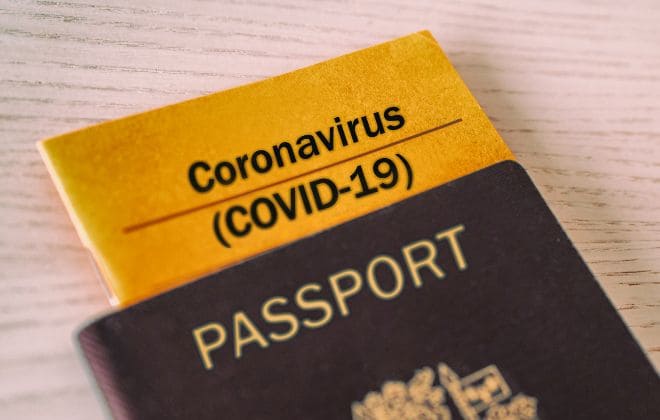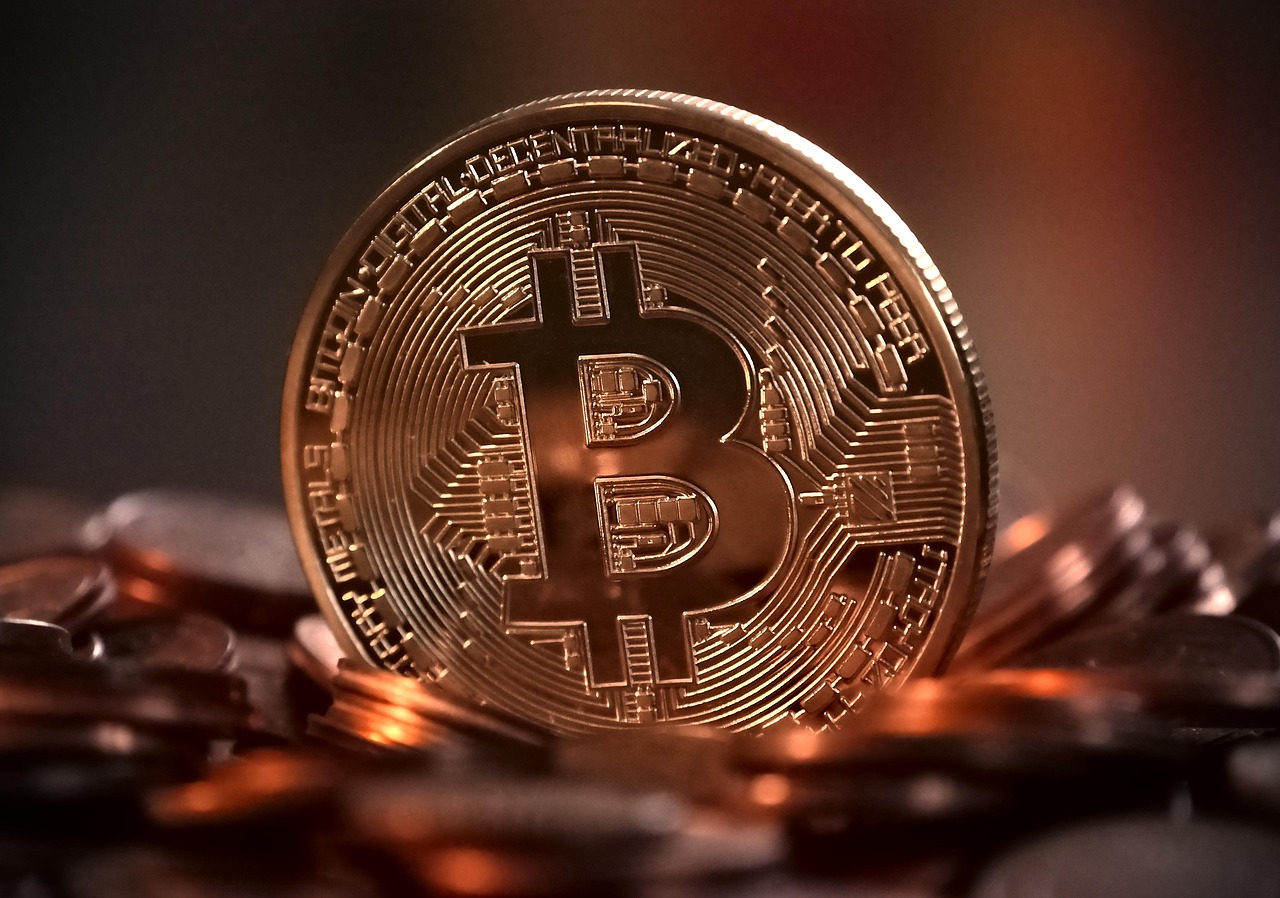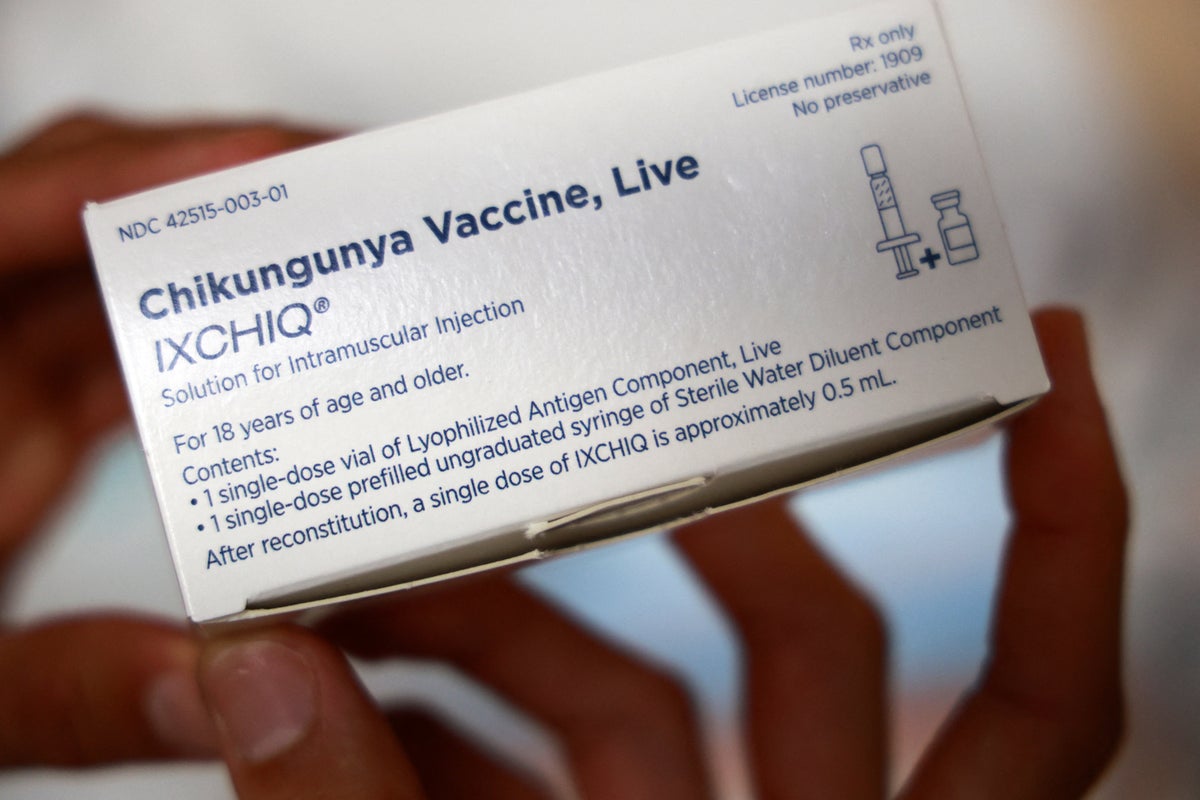Incentives for SAF Included in Inflation Reduction Act
The economic package passed by the U.S. Senate on Aug. 7 includes incentives for U.S.-based projects related to sustainable aviation fuel, a potential accelerant for more production of SAF. SAF today represents less than 1 percent of current jet...

The economic package passed by the U.S. Senate on Aug. 7 includes incentives for U.S.-based projects related to sustainable aviation fuel, a potential accelerant for more production of SAF. SAF today represents less than 1 percent of current jet fuel.
Among the incentives in The Inflation Reduction Act of 2022 is a grant program for alternative fuel and low-emission aviation technology that designate up to $247 million for projects related to the production, transportation, blending or storage of SAF and another $47 million for projects relating to low-emission aviation technologies.
The package is set to be voted on by the House this week. If approved and signed into law by President Joe Biden, the funds would be appropriated to the Secretary of Transportation for fiscal year 2022 and would remain available until Sept. 30, 2026, according to the Act.
In addition, the act provides for a SAF fuel tax credit of $1.25 to $1.75 per gallon, depending on usage and production.
SAF has been defined as liquid fuel that meets the requirements of the ASTM International Standard D7566 or the Fischer Tropsch provisions of ASTM International Standard D7566, Annex AI; is not derived from palm fatty acid distillation or petroleum; and has been certified as having a lifecycle greenhouse gas emissions reduction percentage of at least 50 percent.
SAF producers must be registered with the Secretary of Transportation.
Not everyone is hailing the SAF tax credits, however. U.S. fuel retailers argue that SAF is less efficient and more carbon intense than renewable diesel, according to a Reuters report.

 Aliver
Aliver 































